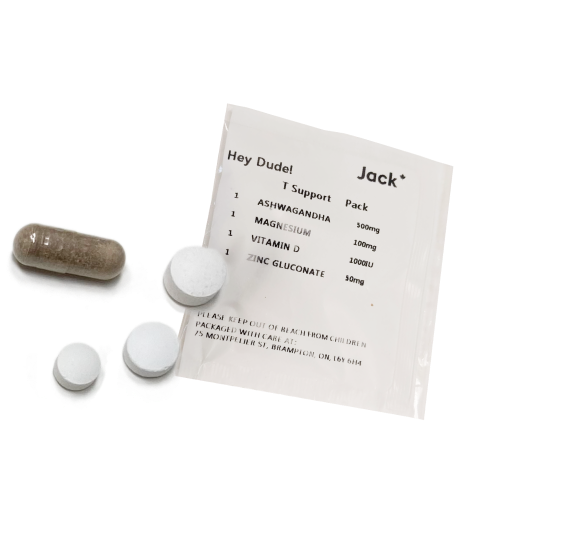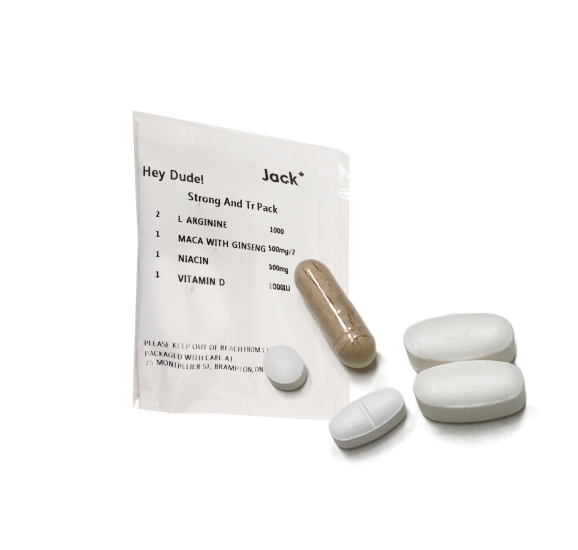You started finasteride to save your hair—now you’re wondering if it’s affecting your performance in bed.
If you’ve heard whispers about finasteride causing erectile dysfunction, you’re not alone. It’s a common concern and one that deserves clarity.
Here’s what you need to know: while finasteride may cause erectile dysfunction in some men, it’s not guaranteed. Think of it like a finely tuned machine—make one small adjustment, and you might trigger a ripple effect. However, in most cases, the gears continue to turn just fine.
In this article, we’ll break down the risks, recovery, and smarter options so you can take control of both your hair and your health.
Is ED a Side Effect of Taking Finasteride?
Yes, ED can be a side effect of finasteride. But that doesn’t mean it happens to everyone.
Sexual side effects are listed right on the packaging, including erectile dysfunction, reduced libido, and trouble with orgasm. Still, these effects are more the exception than the rule.
Factors such as age, genetics, and overall health play a significant role. Men over 40, or those on higher doses for extended periods, are more likely to notice changes in their sexual function. Even stress or anxiety about possible side effects can trigger problems in the bedroom.
Most research suggests the actual risk is low. Some studies report ED in as few as 1–2% of users. Others show slightly higher numbers, but rarely above 15%. And importantly, it has reversible side effects in most cases. Once the drug is stopped—or even adjusted—things usually return to normal.
Plenty of men take finasteride without any issues. But if you’re someone who’s naturally sensitive to hormonal shifts, it’s worth keeping an eye on how your body responds.
Why Does Finasteride Cause ED?
To understand the connection, it helps to know how finasteride works.
Finasteride blocks the enzyme that converts testosterone into dihydrotestosterone (DHT)—a hormone linked to hair loss and sexual function. Lowering DHT is like turning down the stereo: helpful for one issue, but it may dull the overall experience. If you’re curious how testosterone itself may affect your hair, read our article on whether TRT causes hair loss.
Reduced DHT can affect blood flow, spontaneous and nocturnal erections, and orgasm timing—key elements of sexual health.
While many studies show minimal side effects, others suggest that hormonally sensitive or younger men may experience disruptions in sexual function. A 2017 study found men with Post-Finasteride Syndrome (PFS) had abnormal neurosteroid levels—including reduced DHT, pregnenolone, and progesterone—alongside persistent ED.
Importantly, finasteride doesn’t directly suppress testosterone, and levels typically remain stable. For most men, side effects are mild and reversible.
Post-Finasteride Syndrome (PFS)
For some men, sexual side effects don’t stop when the medication does.
Post-Finasteride Syndrome (PFS) refers to a cluster of symptoms that can persist for months or even years after stopping finasteride. These may include ongoing erectile dysfunction, low libido, fatigue, anxiety, depression, and brain fog.
While some doctors recognize PFS as a legitimate post-drug condition, others remain skeptical. It is debated among clinicians, with ongoing research exploring whether the root cause is hormonal, neurological, or psychological.
If symptoms linger, you’re not alone. Online communities, such as the Post-Finasteride Syndrome Foundation, offer support, and treatment options continue to evolve. The most important step is recognizing these symptoms early and consulting a healthcare provider who takes them seriously.
User Reviews: Erectile Dysfunction After Taking Finasteride
There’s no shortage of stories online from men who’ve used finasteride and had very different experiences.
Some men notice changes in sexual function within just a few days of starting finasteride, while others tolerate it for years without a problem. One user shared that he lost his libido by day three, but felt normal again shortly after stopping.
Another reported weaker erections after three months at 1 mg daily, but regained function within a week after switching to a lower dose taken three times a week. One more described how his libido, mood, and energy levels bounced back within six weeks of quitting both oral and topical finasteride.
Then there are countless men who say the drug has changed their lives in a good way. Thicker hair, higher confidence, zero side effects.
The takeaway? It does not affect all users equally. Everyone’s body chemistry is different.
How to Minimize the Risk of ED While Using Finasteride
If you’re nervous about the potential for ED, you’re not out of options. Here’s how to stack the odds in your favour:
- Start with a lower dose. Many users find 0.5 mg works just as well as 1 mg for hair loss, with fewer side effects.
- Cycle your dosage. Some men do 5 days on, 2 off, to allow their hormone levels to rebalance.
- Add natural support. Supplements like zinc, saw palmetto, or ashwagandha might help stabilize mood and libido.
- Stay mindful. Finasteride can trigger anxiety-related symptoms, which themselves can mess with performance. Keep tabs on how you feel mentally and emotionally.
- Talk to a professional. The drug should be monitored in sensitive individuals, especially if you’re already on meds that may interact with other medications.
Best Finasteride Alternatives That Don’t Cause ED
Worried about finasteride’s impact on your sex life? There are alternative ways to combat hair loss without compromising your libido.
- Minoxidil (topical): Boosts blood flow to the scalp and encourages hair growth without hormonal interference.
- Low-Level Laser Therapy (LLLT): Stimulates follicles using light therapy—non-invasive and ED-free.
- Natural options: Saw palmetto and pumpkin seed oil are less potent but gentler on your system.
When comparing these to finasteride, the trade-off is typically between strength and side effects. Finasteride is more powerful, but alternatives are less likely to cause issues in the bedroom.
Finasteride Vs. Minoxidil: Which is Safer for Sexual Health?
If sexual health is your top priority, minoxidil is the safer choice.
Unlike finasteride, minoxidil doesn’t affect hormones. In a 12-month clinical trial, none of the men using 5% topical minoxidil reported sexual side effects, while 15% of those on oral finasteride experienced loss of libido, all of which resolved after stopping treatment. For a closer look at how minoxidil compares, check out our full guide on minoxidil and sexual side effects.
Minoxidil is also widely used, well-tolerated, and ideal for early-stage hair loss. Finasteride, on the other hand, may offer better results for more severe thinning, but with a higher risk of side effects associated with hormonal disruption.
If you’re unsure which option fits your goals, Jack Health’s licensed providers are here to help. Book a free consultation and get a personalized treatment plan, delivered discreetly, anywhere in Canada.
Key Takeaways
- Finasteride may cause ED in some men, but the risk is typically low and reversible.
- Most men recover within 1 to 3 months of stopping or adjusting their dose.
- Alternatives like minoxidil and LLLT offer hair regrowth with fewer risks to sexual health.
Frequently Asked Questions
How Soon Can ED Occur After Starting Finasteride?
ED can start within a few weeks, but some users notice symptoms after several months. It depends on your dosage, age, and personal sensitivity.
Are the Sexual Side Effects of Finasteride Permanent?
In most cases, no. Side effects improve within weeks to months after stopping. Persistent issues are rare, but possible.
Are Younger Men More At Risk For ED from Finasteride?
Yes, younger men may be more likely to experience ED from finasteride because they typically have higher baseline DHT levels, so blocking it can cause a sharper hormonal shift. This may increase the chances of erectile dysfunction and is associated with reduced libido.
Younger men should also consider that their hormones are still fluctuating. Finasteride may alter hormonal signaling in some individuals, making side effects more likely during this sensitive stage.
What are the Chances of ED Going Away After Stopping Finasteride?
Most men recover within 1–3 months of stopping finasteride. A study found only 1.4% developed long-term ED, with a higher risk in younger men using it long-term. If symptoms persist beyond three months, consult a healthcare provider.
Does Topical Finasteride Cause The Same Risk As Oral Finasteride?
No, topical finasteride appears to carry a lower risk of sexual side effects than oral. Because it’s applied to the scalp, less enters the bloodstream, which may reduce the chance of ED and other systemic effects. While more research is needed, early studies suggest topical finasteride is better tolerated in this regard.
Does Finasteride Cause Impotence?
No, impotence is very rare. ED is more common, but usually mild and reversible. Most men regain normal function after stopping the medication, and complete loss of function is uncommon.














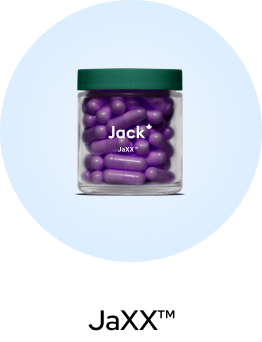
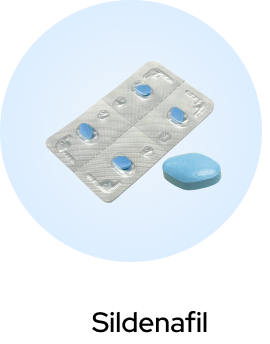
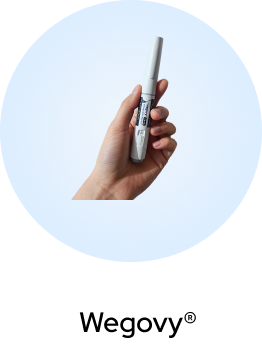
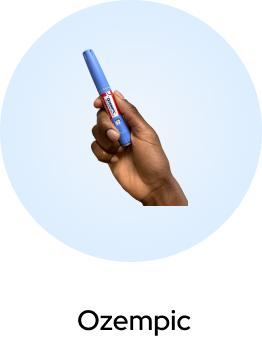


 (US)
(US)
